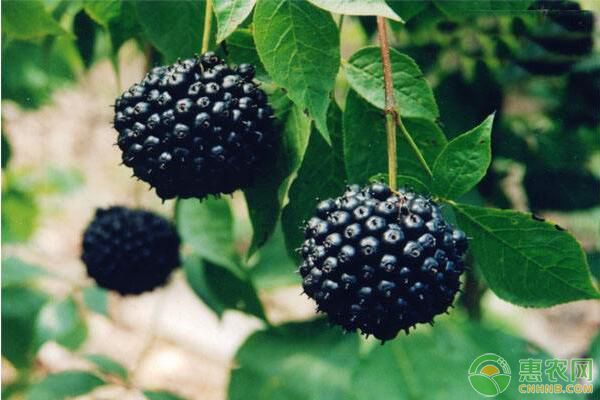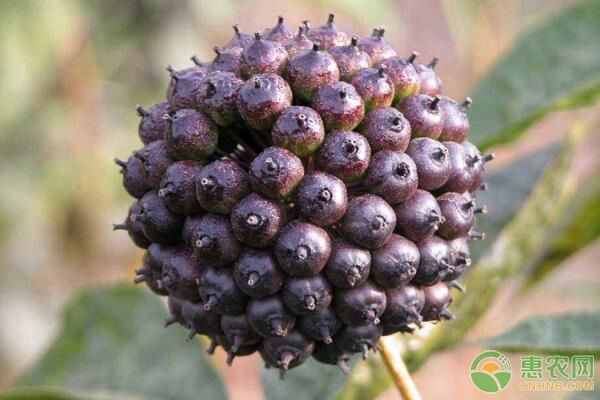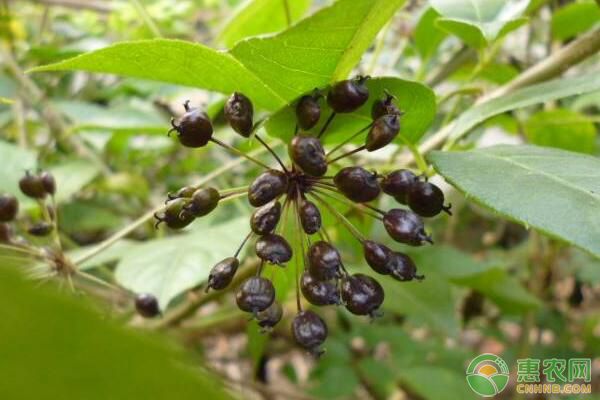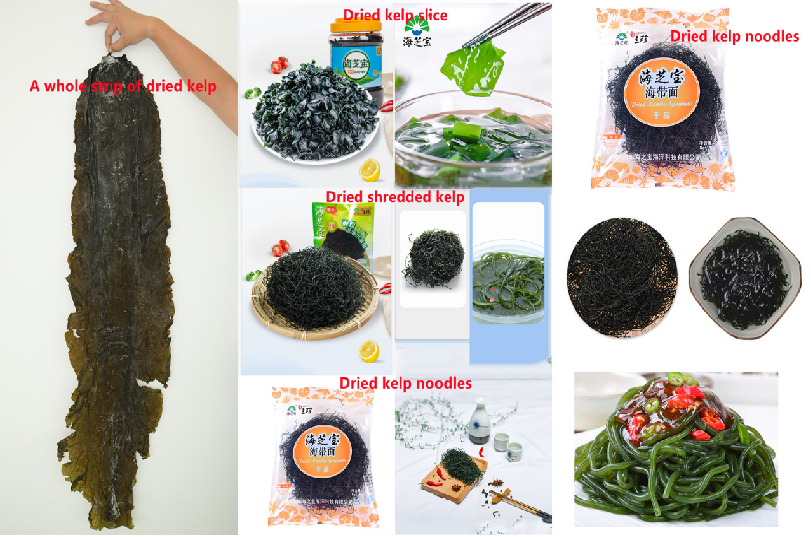How to treat medicinal plants Acanthopanax senticosus seeds? Acanthopanax senticosus can also be called thorn stick, cane stick, one hundred needle, tiger scorpion, mainly distributed in Heilongjiang, Jilin, Liaoning, Hebei and Shanxi. Acanthopanax senticosus has the function of “Buzhong Yijing, Jianshen Bone, Strong Zhiyiâ€. The flowering period is from June to July, and the fruiting period is from August to October. Next, Xiaobian says that the Acanthopanax senticosus seedling cultivation technology . 1 Seed collection and seed treatment The fruit of Acanthopanax senticosus is generally mature in the middle and late September of each year. The mature fruit is dark purple. The embryo of the seed is still in the state of the original embryo. It cannot be directly sown, and must be artificially assisted to complete the post-ripening and physiological post-ripening. After the process, the seeds can germinate. 1. 1 Seed harvesting and processing Harvested in the middle and late September when the fruit turns from yellowish brown to black. Seeds should be screened after harvest to remove impurities and mites. The fruit is then immersed in cold water for 1-2 days, after which the seeds are sown and the seeds and pulp are separated. Then rinse with clean water and take the full seeds at the bottom. 1. 2 seed germination treatment The selected seeds should be treated with sand. The specific operation is as follows: mix the seeds and wet sand in a ratio of 1:3 and store them in the chamber for a period of time, then use 300 times of chlorothalonil for seed and sand disinfection. deal with. The humidity of the seed and sand is kept within the range of 60-65%. The seeds are then placed in a wooden box in the seed treatment room. The thickness of the seed sand is no more than 50 cm. The seed treatment room is disinfected and has heating equipment. The seed treatment room temperature is required to be in the range of 17-18 degrees, and the rotation is performed twice a day for 100-120 days. During this period of time, the temperature, humidity and seed embryo development of the seed and sand should be observed frequently. When the embryo is formed, the seed is placed under the temperature of 0-5 degrees for stratification for about 60 days. Can be sprouted one after another. When about 30% of the seed is cracked, it can be sown. 2 Land selection and site preparation 2. 1 Land selection Choose loose and fertile, well-drained loam, soil thickness of 50cm or more, pH 5. 0 ~ 7. 0, and there is water source, convenient transportation. 2. 2 Site preparation In the autumn, the selected plots should be deeply cultivated and made into seedbeds (120cm wide, 20cm high, 20-50m long, 50cm wide aisle). Spray the seedbed with 50% phoxim 200 times before the seedbed to carry out pest control. deal with. 3 sowing and fertilizing Sowing is carried out when the soil is frozen 10 to 20 cm in April-May. Before planting, apply 15~20kg of multi-component fertilizer per acre, flatten the bed surface after fertilization, and disinfect the bed surface with 150 times of chlorothalonil on the bed surface. The seeding method is adopted when planting, the row spacing is 15cm, and the seeding amount per square meter is 40-50g. After sowing, cover the soil 1cm and then suppress it, so that the seeds are in close contact with the soil, and then covered with straw curtains or leaves to moisturize. 4 Field management 4. 1 Remove the cover When the emergence rate reaches 30% to 50%, choose to remove the cover on a sunny day to avoid excessive humidity and decay. 4. 2 weeding, loosening and intercropping Weeding is carried out immediately after the cover is removed, and the grass is removed, except for early and small. The loose soil can be carried out simultaneously with the weeding, with no weeds. When the seedling height is 3 to 5 cm, the seedlings are planted. When the seedling height reaches 10 cm, the seedlings are fixed, and the plant spacing is 8 to 10 cm. 4. 3 pest control After the cover is removed, the disinfectant is sprayed once to prevent the combination and prevent and cure. Sprinkle 50% wettable mancozeb 600 times solution or 50% wettable seaweed 1000 times solution every 7 to 10 days. After the acanthopanax senticosus completely spreads the leaves, spray the flavonoids every 7 to 10 days according to the condition to prevent the blight. 4. 4 bed surface moisturizing During the seedling stage of Acanthopanax senticosus, the soil of the bed should be kept moist. Generally, water is poured every 5-7 days, and the number of watering can be reduced until the root of the seedling has water absorption capacity. 4. 5 shade Acanthopanax seedlings do not like strong light, so a shade net is needed to prevent seedlings from burning. The width of the shade net is 2.0 to 2. 2m, 350m per acre, and the light transmittance is 40%. It is suitable to use a wooden pile to set up a shade shelter. The 200 iron per acre is 700m with a No. 20 iron wire. Then use the iron wire to connect the shade net. The sunshade net can be removed until the light is weakened in August. 4. 6 Drainage and irrigation There must be drainage facilities in the nursery, there is a drainage ditch in the ground, and there is a sloping water outside the ground. When the water is dry, it is mainly sprinkler irrigation; when it is flooded, it accumulates water, so that it can be discharged, and there is no shortage of irrigation. If you can arrange it, there is no shortage of it. 4. 7 seedlings and seedlings The seedlings should be carried out on the cloudy days of June-July, and the seedlings should be filled with water on sunny days. From July to August, appropriate seedlings should be carried out according to the density of the seedlings, and 150 to 200 plants per square meter. 5 seedlings After the leaves landed in September, the seedlings were planted. With the grading bundles, there were no 50 bundles and 1 bundle, and then the plants were planted. The first seedlings can be transplanted in the spring of the second year. The seedlings can be transplanted for 1 year and then planted. .
Dried Shredded Kelp
Dried Kelp Series is made of Haizhibao deep sea young kelp by drying directly without any addition,so that it can maxmium retains the 23 kinds of nutritions .It turns green when match the water at once with high swelling and especially suitable for making soup.salad or used as fillings,Due to the convenience and easy-storag,it`s a new choice to live healthy and nutritions.
How to eat
The difference between deep sea kelp and traditional ordinary kelp
Dried Shredded Kelp,Dry Kelp Seaweed,Kombu Dried Kelp,Dehydrated Seaweed Shandong Haizhibao Ocean Science and Technology Co.,Ltd. , https://www.haizhibaoseafood.com




How to treat medicinal plants Acanthopanax senticosus seeds? Acanthopanax seedling cultivation technology